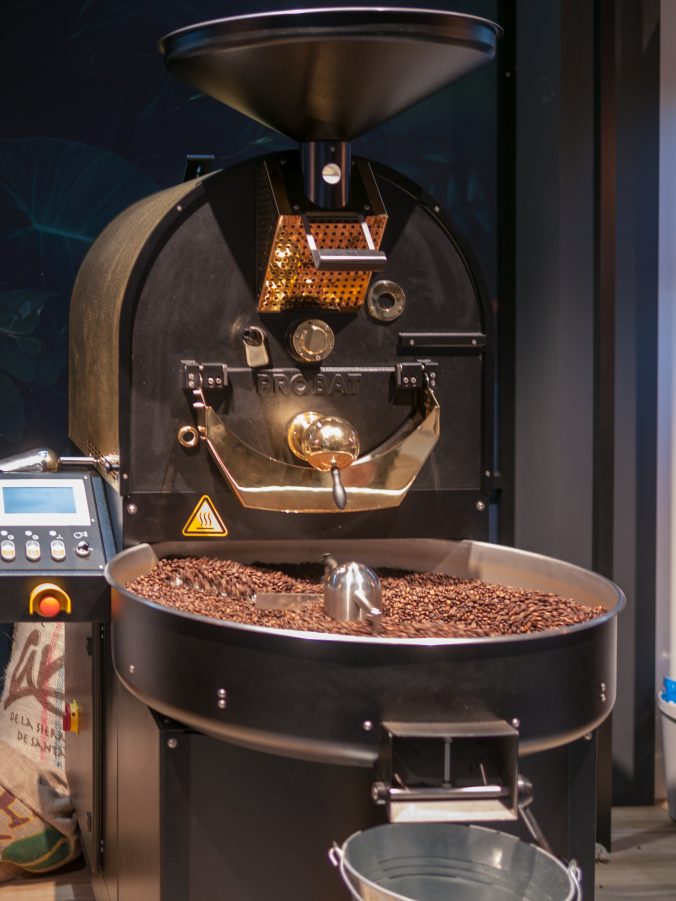Coffee Roasters Are Innovators and Neighbors

Coffee roasters are innovators and neighbors, who work to create a soluble beverage from green coffee seed. They are constantly learning about the different properties of coffee beans and the best roast profile for each variety. The most rewarding part of their work is discovering new coffee beans and discovering which ones are the best to try.
Green coffee seed is a shrub
The coffee seed is covered with sticky, fruity muscilage. These seeds are removed before planting, and the seed is then planted in a deep hole in a soil that is high in humus. If needed, you can add rotted manure, bone meal, or dried blood to the soil. A light weight soil can also be used to add humus. Once planted, the seed needs a depth of 1.5 inches to grow a healthy taproot.
The coffee shrub produces small white flowers in early spring, followed by small oblong fruits called cherries. These fruits take about nine months to ripen, and each cherry contains two or more coffee beans. When roasted, the cherries change color from green to yellow, red, and finally black. The entire process takes between five to seven years, from seed to first crop.
Roasters create a soluble product from the green coffee seed
Solubility is the ability of a substance to dissolve in water. When coffee is roasted, it becomes soluble by a process called roasting. Coffee San Diego This process improves the flavour and extraction rate of coffee. However, there is a downside to solubility: it can also create undesirable flavour characteristics. Because of this, it is essential for coffee roasters to carefully balance the solubility of their beans.
Coffee roasting is a complex process, involving both physical and chemical transformations. This process is made possible by the unique structure of coffee seeds.
They are neighbors
Rachel Correia, a food and beverage entrepreneur from Taunton, Massachusetts, runs a coffee roastery called Coffee roasters are neighbors. She was inspired by a trip she took to Honduras and learned about the injustice of local farmers receiving a fraction of the market price for their coffee. This inspired her to work with local coffee growers and organizations to improve their living conditions.
They are innovators
Today’s consumer is increasingly sophisticated, and savvy coffee roasters are responding to this by launching new services and products. For example, Starbucks has recently launched a new subscription service to deliver premium small-batch coffees to customers every month. While large chains can be more conservative about new ventures because of shareholders and established customer bases, smaller roasters have the flexibility to experiment with new products and services.
Reunion Island Coffee Roasters have an innovative business model, placing sustainability at the center of their operations. They work directly with farmers to make sure they pay fair wages and support sustainable farming practices. They also use biodegradable coffee cups and support innovative recycling programs to reduce waste.
They are transparent
Increasing transparency among coffee roasters is important for both producers and consumers. Transparency helps ensure that the prices paid to coffee producers are fair and the communication between roasters and consumers is more honest. During a recent colloquium in Hamburg, people who participated in the coffee supply chain came up with the idea of “The Pledge.”
Transparency involves sharing information with suppliers and other buyers. It also involves disclosing green prices in marketing efforts. For example, Onyx Coffee Lab discloses its FOB (free on board) price and market price of green coffees and encourages customers to ask about this information.

Leave a Reply